Pressure mounting: What Leafs need to do in Game 6 to eliminate Sens
The Maple Leafs' record in closeout games since 2018 fell to 1-13 on Tuesday, as the Senators staved off elimination for a second time in four days. The Eastern Conference first-round series, now 3-2 for Toronto, resumes Thursday in Ottawa. Beyond shedding the much-talked-about mental "playoff demons," what can the Leafs do to finish off the Sens? Let's dig in.
Matthews must activate beast mode
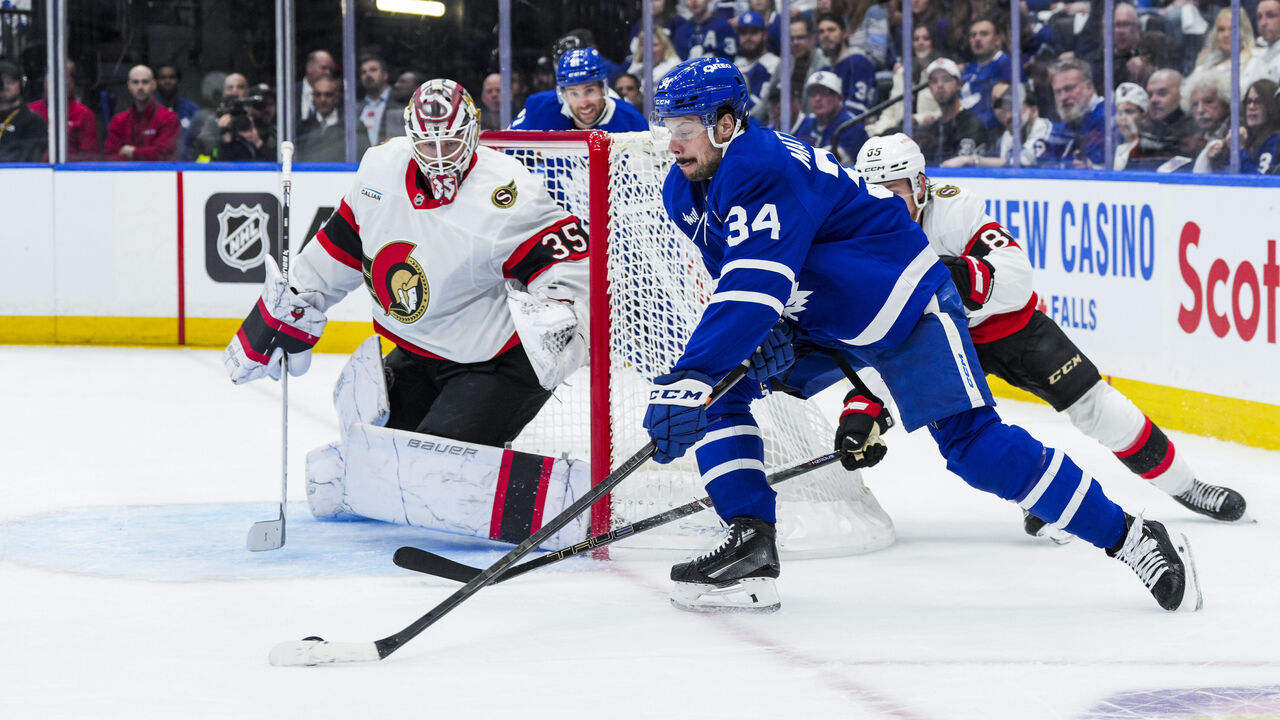
Nobody has scored more regular-season goals than Auston Matthews since he entered the NHL in 2016. The playoffs are, famously, a different story, with Matthews' 82-game pace dropping from a prolific 52 goals to a mortal 33.
Matthews, who's in his first season as Leafs captain, has scored just once in five games against Ottawa. That Game 3 tally was a gift from Mitch Marner. Matthews received a gorgeous pass below the right circle and, with goalie Linus Ullmark looking the other way, had nearly the entire net to shoot at.
Matthews hasn't been invisible in this series; he's been strong defensively (ugly giveaway in Game 5's third period excluded), picked up five assists, and led the Leafs in shot attempts (39), shots on goal (18), and posts hit (two).
On the other hand, Matthews is 2024-25's highest-paid player because he's an elite goal-scorer. The Leafs need their 6-foot-3 No. 1 center - limited by injury or not - to put forth a monster effort in Game 6. To assert his dominance over every Senator who enters his orbit. To incorporate deception into his shot to outduel Ullmark. Most crucially, he needs to hit the back of the net at least once.
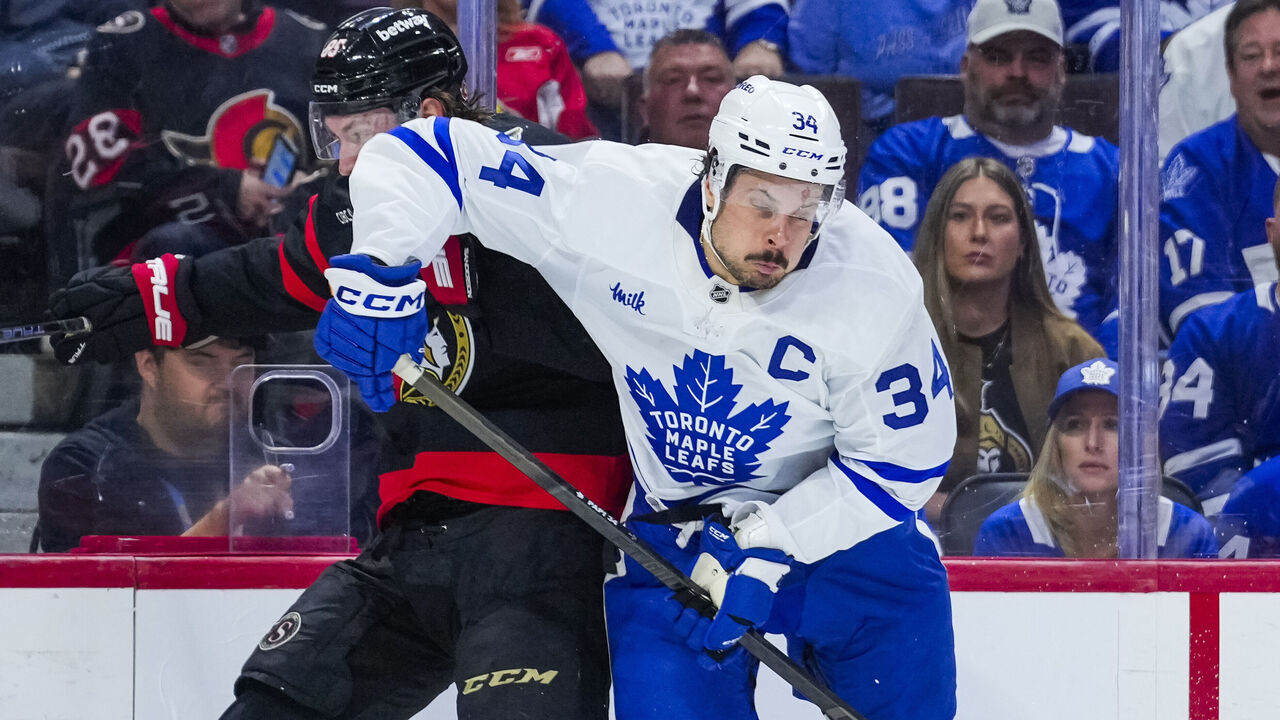
Ottawa coach Travis Green line-matched pretty hard with the advantage of last change at home in Games 3 and 4, pitting Shane Pinto's line against Matthews' as much as possible. Matthews, Marner, and Matthew Knies, so far, have the upper hand in 26:55 total head-to-head minutes - 3-0 in goals, 21-19 in shot attempts, 12-8 in scoring chances, and 5-0 in inner-slot shots.
Pinto is a quality center, but he doesn't present the same challenge to Matthews as Patrice Bergeron, Anthony Cirelli, and Aleksander Barkov of past playoff matchups. Matthews should be outplaying Pinto and can't lose the Game 6 battle.
Matthews has consistently failed to carry his team to victory late in playoff series in the way this era's other great forwards do. Thursday is a golden chance to be like Connor McDavid, Leon Draisaitl, Nathan MacKinnon, and Nikita Kucherov.
Offense can't be 'one and done'
William Nylander and Bobby McMann - two of Toronto's six 20-goal scorers this season - have combined for one goal versus Ottawa. That Nylander marker came way back in Game 1 during a five-on-three power play.
Nylander's pushed the pace throughout the series, though he's impacted games largely through cerebral playmaking (five primary assists). McMann, meanwhile, was most noticeable in Game 3. He's played almost exclusively on the third line with center Max Domi and either Nick Robertson or Max Pacioretty but is an obvious candidate to bump up to second-line left wing.
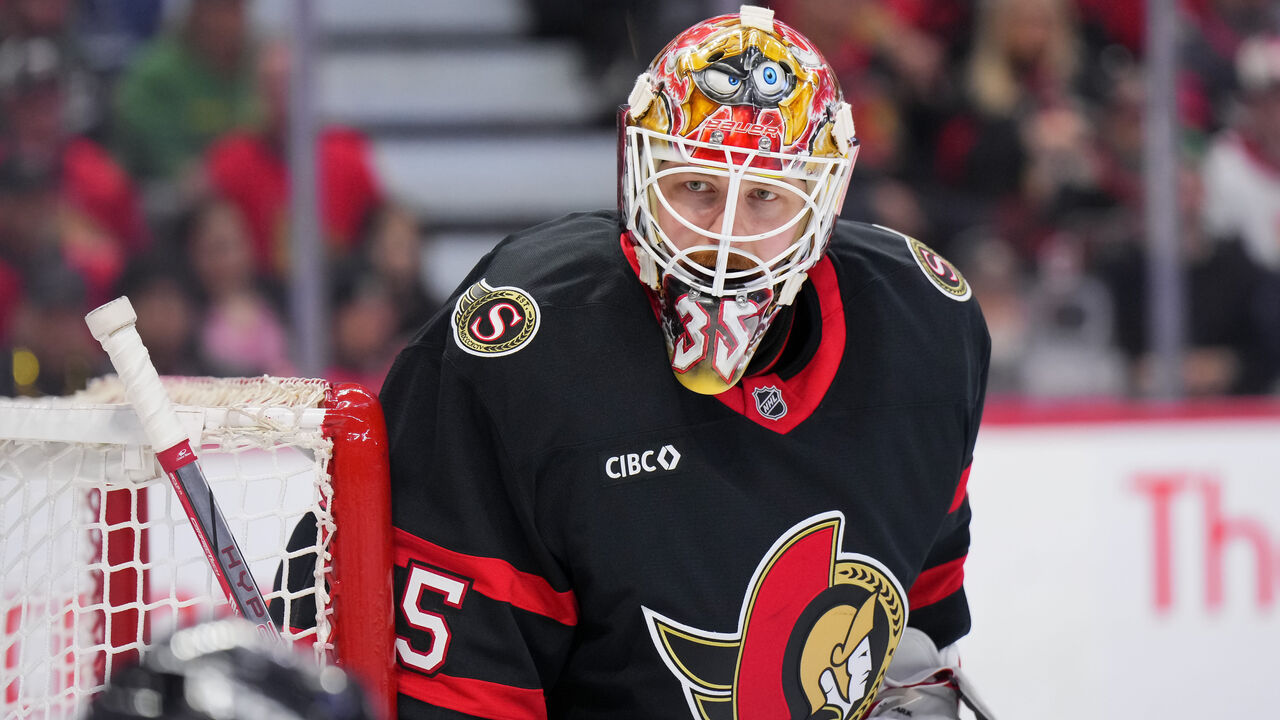
McMann should take the spot of Pontus Holmberg, who's simply not fit for top-six duty in the playoffs. A handful of high-end scoring chances have died on the Swede's stick. Coach Craig Berube should shorten his bench and ride Knies-Matthews-Marner and McMann-John Tavares-Nylander hard when possible. Mind you, the fourth line of Scott Laughton between Steven Lorentz and Calle Jarnkrok has been solid. (Jarnkrok was fantastic in Game 5.)
Berube put it perfectly Tuesday night: The Matthews line can't be "one and done" in the offensive zone. The same goes for the rest of the squad. So, how can the Leafs get off this single-shot-sequence hamster wheel? Attack in numbers, beat opponents to loose pucks for rebounds, and win board battles.
Toronto can learn something from Ottawa, too. The Senators have struggled to get to the interior of the offensive zone, so they've often settled for long-range shots from the high slot and blue line. The best way to turn those low-percentage shots into something dangerous: screens. Leafs goalie Anthony Stolarz has battled a screen on four of the Senators' six five-on-five goals.
Sanderson needs to be reined in
Brady Tkachuk's been doing Brady Tkachuk things in the offensive zone. Drake Batherson's been a handful off the rush. Fellow Sens Pinto, Dylan Cozens, Tim Stutzle, and Thomas Chabot have all had their moments of brilliance.
Yet none of those core members can compete with Jake Sanderson's play. The 22-year-old blue-liner has been the series' best player, period, thanks in large part to exceptional defensive work. Sanderson's been on an upward trajectory all year, evolving before our eyes into basically a younger version of Jaccob Slavin, Carolina's longtime underrated, do-everything defenseman.
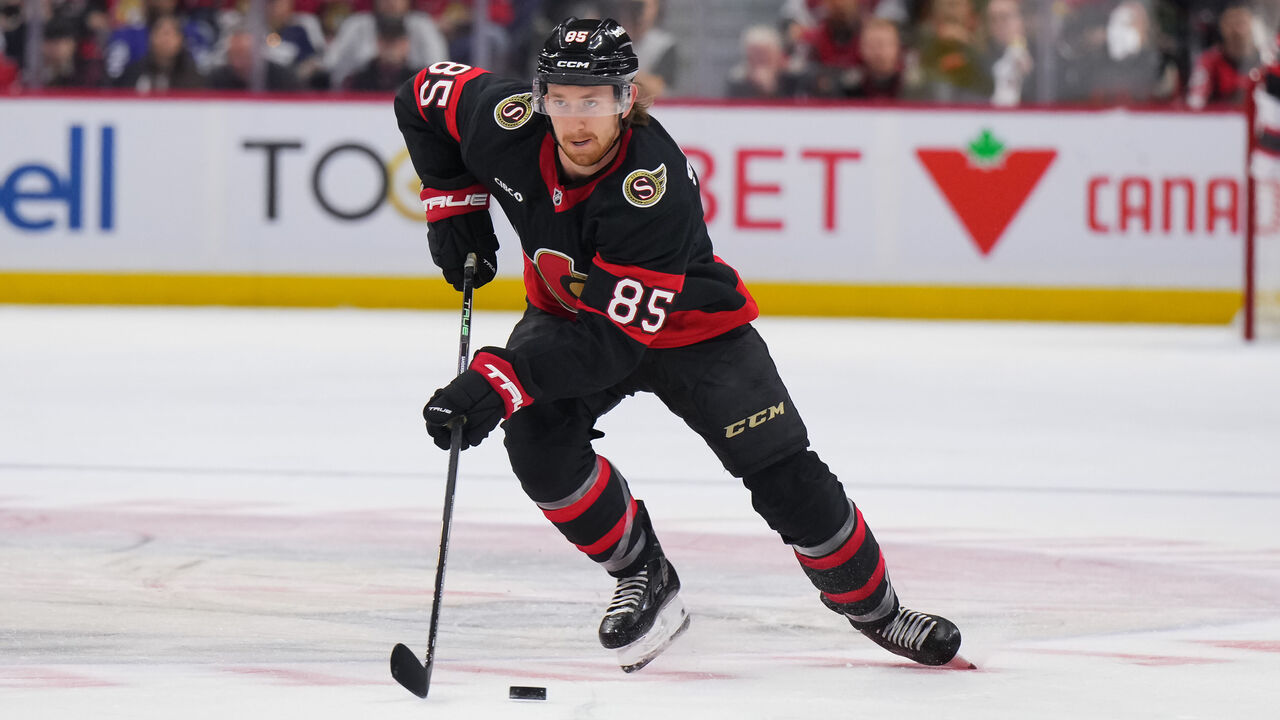
Sanderson uses his tremendous skating ability, hockey sense, and range to kill plays constantly. As of Wednesday morning, he ranked third among all playoff defensemen in "total defensive plays," a catch-all metric by Sportlogiq. He's first among Sens in stick checks, loose-puck recoveries, and blocked passes; second in blocked shots; third in puck-battle wins; and fourth in defensive-zone denials. He's also the series leader in ice time (27:21 a game).
Offensively, it took Sanderson and fellow playoff rookie Chabot a game or two to find a groove. Both have started and joined rushes with more regularity as the series progressed. Sanderson is at his best when he's maneuvering through layers of defense, head up. He really popped in Game 4, not only scoring the winning goal but also recording 11 five-on-five shot attempts.
The Leafs need to punish Sanderson on the forecheck as much as possible to limit how often he can contribute to the Senators' breakout.
Protect the house - especially early on
"Score the first goal" is an eye-roll-worthy cliche. But it's stuck for a reason, and in this series, the team that's scored first has won four of five games.
Both clubs are well-coached and have already shown they're capable of falling into a defensive shell after gaining a lead. This was especially evident in Games 1 and 2, when the Leafs happily conceded the territorial battle for a triumphant final score. Sens attackers were met with active sticks and well-timed physicality any time they tried to enter the interior of the offensive zone.
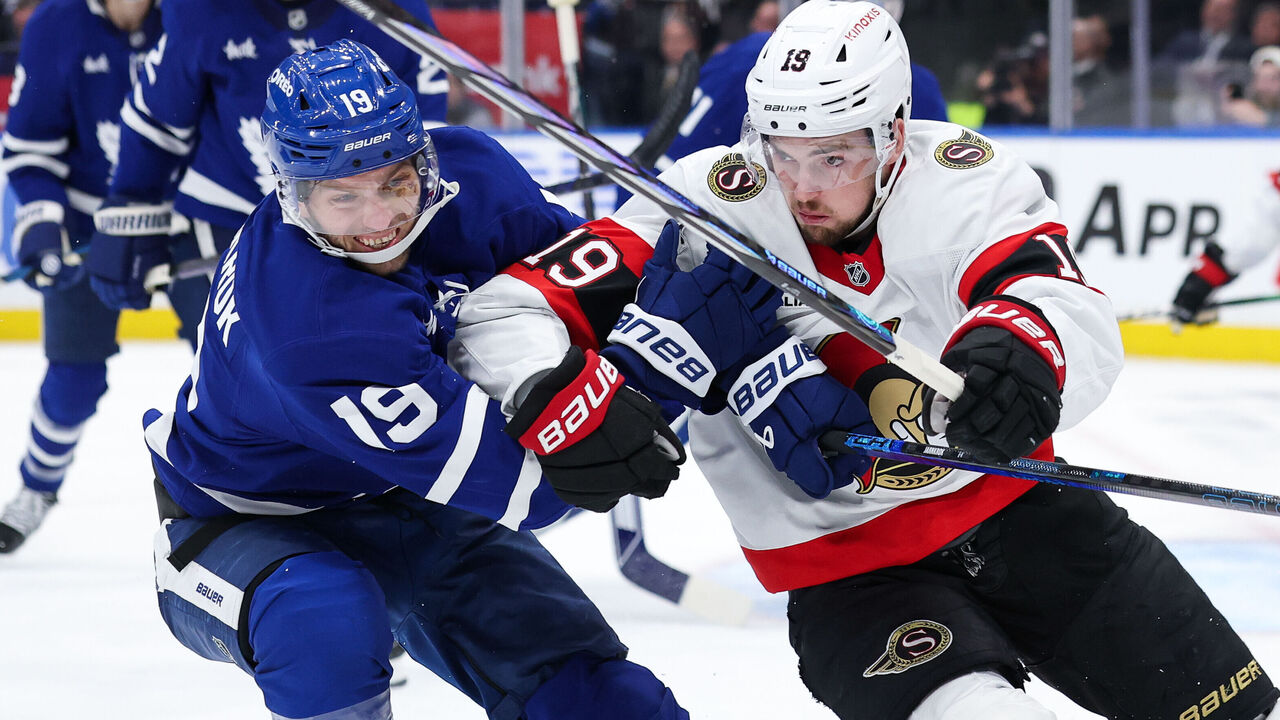
Ottawa's season is on the line Thursday. If the Sens fall behind early, they'll likely opt for an overly aggressive desperation state of play. This dynamic could prove to be overwhelming for the Leafs ... or completely tolerable given the veteran savvy on the blue line and the ice the Sens will hand over in the process.
In that second scenario, seams should open up for Toronto. We've witnessed the Leafs attempt middle-lane stretch passes all series, connecting on a vast majority of them. One particular sequence in Game 1 led to a Marner breakaway goal.
One parting thought: The Leafs can't let the Sens' penalty kill get in their heads. Yes, Toronto's allowed two shorthanded goals in this series, and the overall special teams score from Games 4 and 5 was 3-0 for Ottawa. But the focus should remain on executing on the man advantage. Win offensive zone draws, move the puck around efficiently, and pull the trigger on good looks.
John Matisz is theScore's senior NHL writer. Follow John on Twitter (@MatiszJohn) or contact him via email ([email protected]).